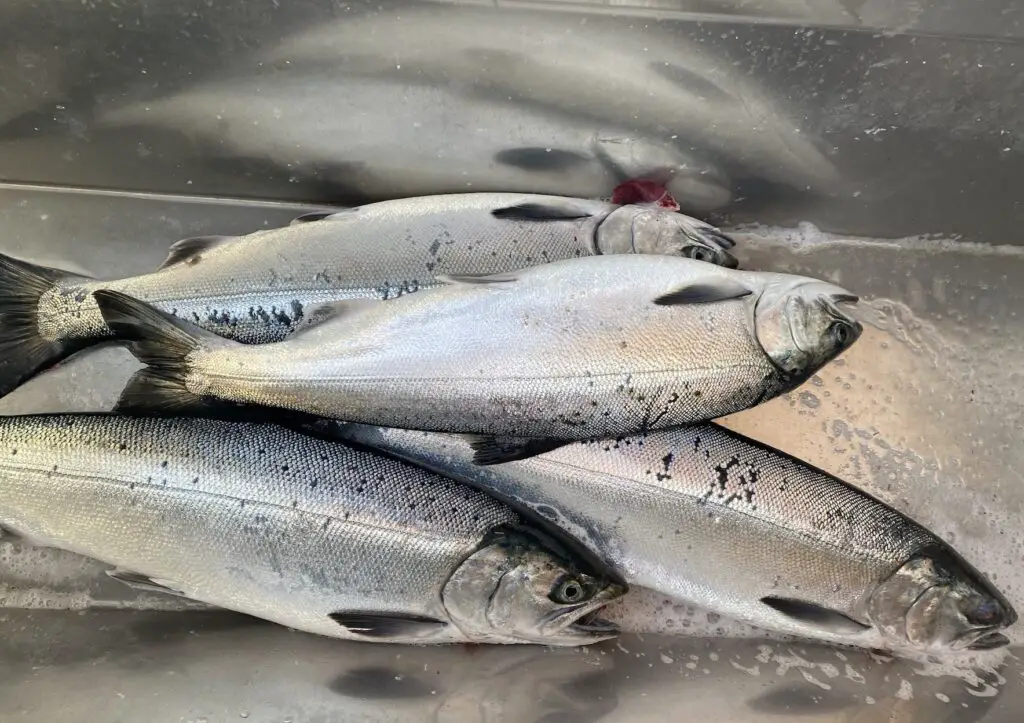
Coho Salmon make up the backbone of Puget Sound salmon fishing nearly every year! Fun and easy enough to catch, great table fare and decent fighters make coho the premier salmon species target of recreational anglers.
I’m not going to sugarcoat things, 2025 has some real storm clouds brewing on the Coho fishery that we haven’t seen in a few years and we are not far enough into the process as it stands in early March to see through it all.
I will get to the great conservation and fisheries challenge we face for coho in 2025, but I do want to highlight the overall forecast and the abundance of coho salmon we can expect as the calendar turns over to August and September and these fish start stacking in decent numbers in Puget Sound.
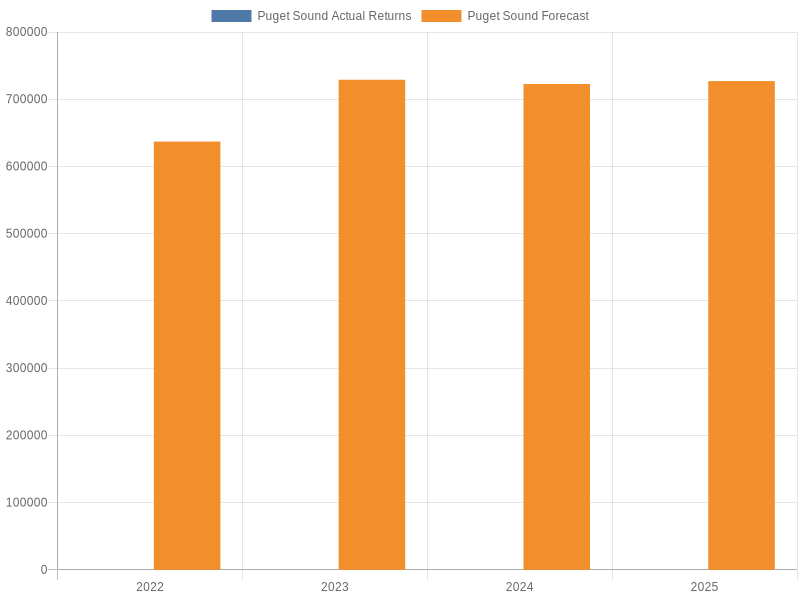
As you can see, the overall forecast for Puget Sound coho salmon in 2025 is on par with the last few years, which are above the 10-year average and provided good to excellent fishing for coho all over Puget Sound. I expect that, wherever and whenever we get to fish, it will be quite good again in 2025.
Let’s get to the trouble spot and then discuss how this might impact each area of Puget Sound.
Puget Sound Area of greatest Concern in 2025 for Coho Salmon
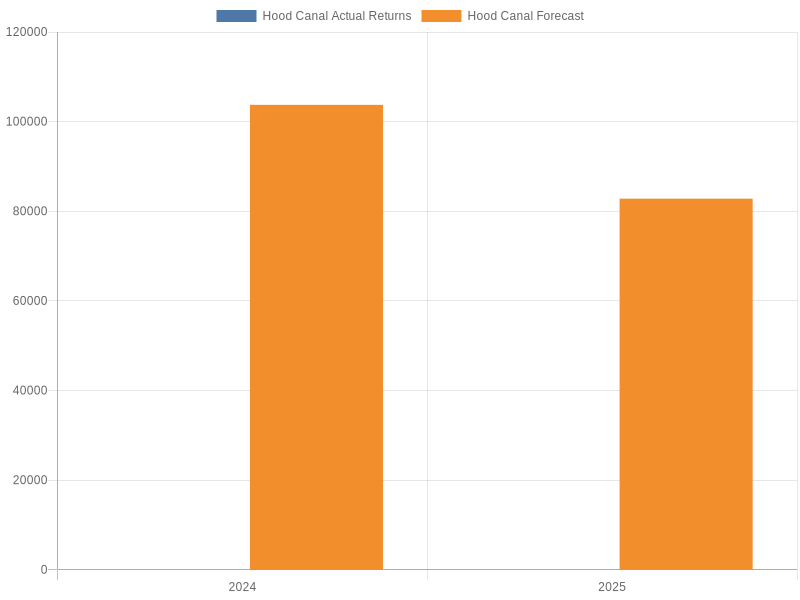
Hood Canal is the location of the trouble spot for us in 2025, you can see there’s a decent dip in forecast for 2025, but if we really hone in on the problem area:
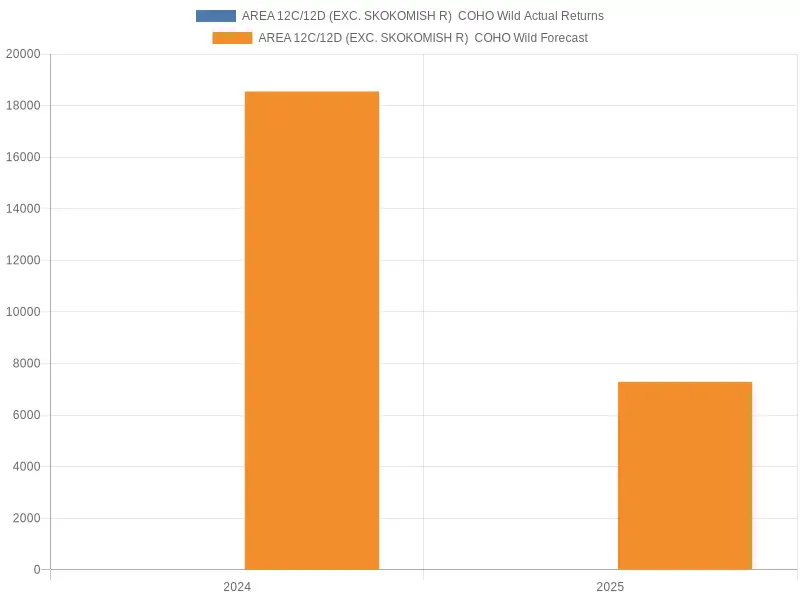
The above is the summary expectations for natural stocks of several rivers in southern Hood Canal, such as the Tahuya River and Big Beef Creek, to name a few. The next most important thing to evaluate after the forecasts are finalized is the NALF run.
NALF stands for New Abundance Last year’s Fisheries. It’s how the department initially evaluates problem areas where our Exploitation Rate (ER%) is too high. The previous year’s fisheries are typically the template for the new year.
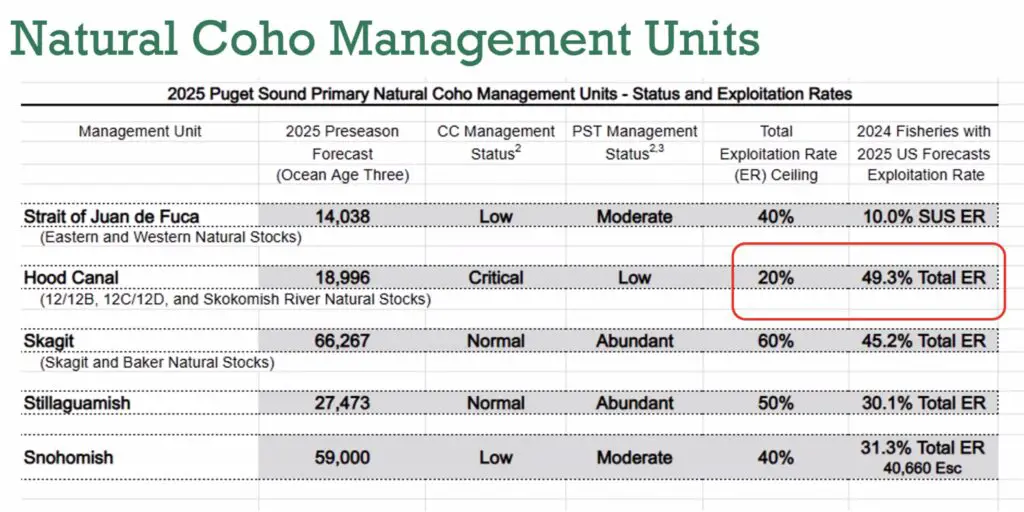
The way this works is that each natural stock must not exceed the Exploitation Rate ceiling when final seasons are set with the new year forecast inputted into the model. Given that this part of Hood Canal is so constrained, reductions in fisheries impact here will likely mean no other area will pop up as a concern.
Now, you might be thinking, “Who cares about Hood Canal fisheries, I don’t fish Area 12 anyways.”
This thinking would certainly be naive once you examine what fisheries have the greatest contribution to the mortality of this natural stock of fish. Any guess as to which recreational fishery has the greatest impact?
If you guessed Marine Area 10, you would be correct.
Yes, this is potentially a huge problem when you consider how far off the NALF run says we are from the ER% ceiling in 2025. We will get into this topic area by area in the next section.
Thoughts on Forecast/Seasons for Specific Areas throughout Puget Sound
I want to work from the outermost part of Puget Sound fisheries toward the innermost as we work through the forecasts and what to expect.
Straits Coho Forecast for 2025
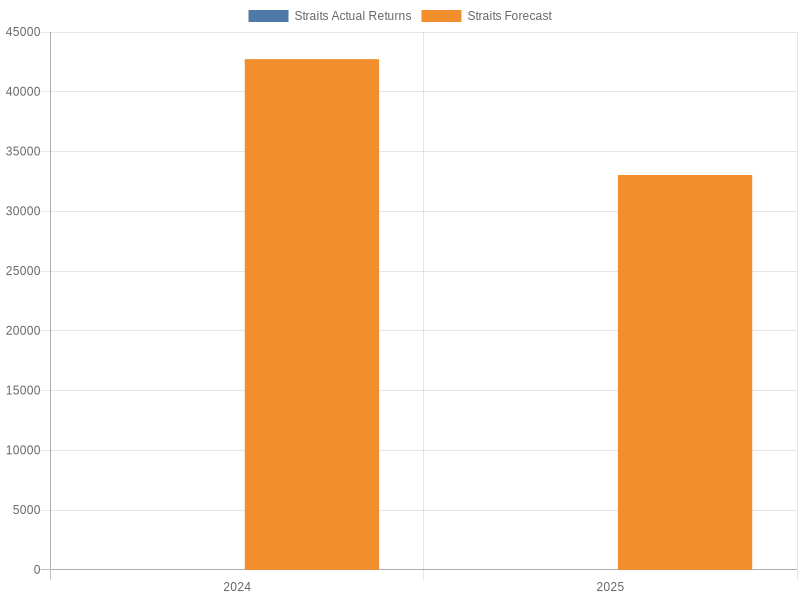
This reduction in expected return primarily comes from natural stocks in the rivers of the Western Straits, but it doesn’t appear they popped up in the NALF runs as a concern. Additionally, a 3.1% Exploitation Rate (of 45.4% total in 2024) impact on that sensitive Hood Canal natural coho stocks will likely result in some impact on non-selective coho fishing in the Strait and potentially even a reduction in the selective harvest season as well.
This issue can potentially bleed over to the Chinook seasons since sometimes, when coho quotas get met, the entire season gets closed, given how many coho encounters happen while fishing for chinook in Marine Areas 4 and 5.
Hood Canal Coho Forecast for 2025

We already looked at this graph earlier, but I will also include the ER% impact from Hood Canal Coho fisheries from 2024. The recreational side was 4.2% ER and the tribal net fishery was 16.2%.
It would obviously be a huge benefit to coho fisheries around Puget Sound if all of Hood Canal coho fishing was closed in 2025. That would get us almost 20% of our ER back (minus whatever is factored in from chinook/pink seasons). We would still need to find another 10% ER given how big the gap is (49.3% down to 20% ER).
There’s no way around the fact that this will be painful in 2025.
North Puget Sound Coho Forecast for 2025
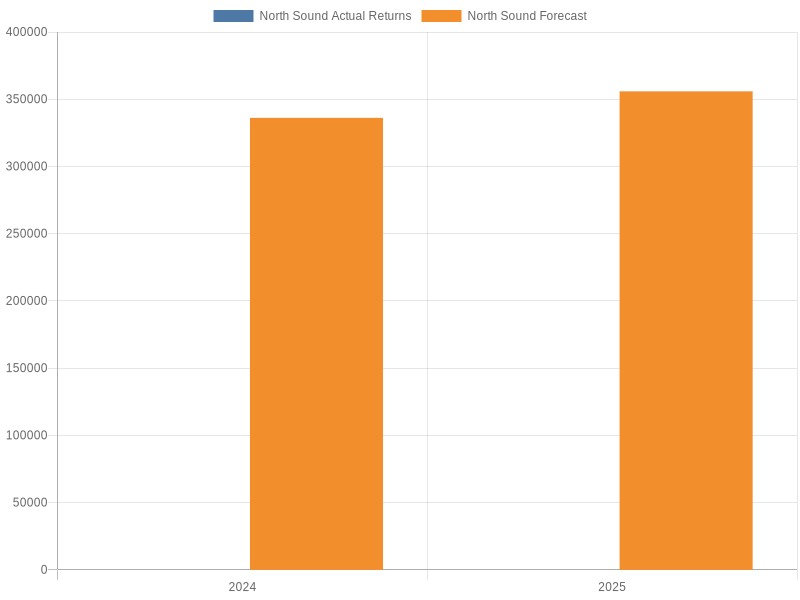
The North Puget Sound might be the place to get some coho fishing done in 2025. Here are the ER%’s on the sensitive HC coho stock from 2024 fisheries: San Juan Islands (MA7): .2%, Marine Area 9: 2.9%, and Marine Area 8-1/8-2 < .5%.
Marine Area 9 will likely be impacted due to the 2.9%, but it would be ideal if it was just Admiralty Inlet that could take the brunt of that. The problem is that if we don’t have tag recovery data that indicates these stocks were encountered primarily near the entrance to Hood Canal, the whole area will be impacted.
The San Juan Islands and places like 8-1/8-2 will likely see minimal impact. The coho forecast is up slightly in 2025 compared to 2024 due to the Skagit River coming in above 2024, and Tulalip Bay is expected to see 3x returns compared to 2024.
Mid Puget Sound Coho Forecast for 2025
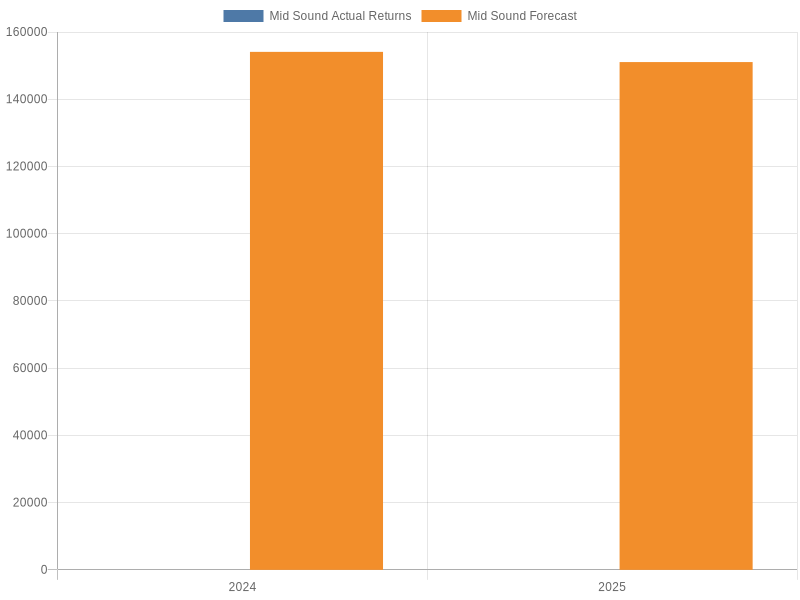
Mid Puget Sound is basically Lake Washington, Green River, and the Puyallup River, with a few other smaller runs mixed in. The forecast is mostly flat, though the Puyallup River is expected to be about 30% higher compared to 2024.
Here’s the big problem with Marine Area 10 for 2025: 5.2% of the ER% on those Hood Canal coho natural stocks comes from Marine Area 10. What month has the largest impact on these fish? Please don’t let it be September! I just found the answer from more digging around FRAM, and unfortunately, more than 50% of the impact is from September. In fact, June has very little impact.
*Note: I edited the above a few days after posting this article once I found the answer to which month had the greatest impact.
The kinds of choices we might be discussing would be options like:
- Fish selectively on coho in 2025
- Lower the bag limit on coho in 2025
I would really hate to fish selectively in MA10 on coho. The mark rate is not great due to the net pen releases that don’t clip fins in several areas. That combined with it being a pink year, how many anglers would just conclude it was a pink salmon and keep an unclipped coho?
We don’t know the final numbers yet, and it would suck, but my first choice would be to cut down the bag limit on all months for coho in Marine Area 10 except June (nobody will fish resi coho on one fish limit, and there’s not much impact in June). What do you think? Are you on my discord channel yet to provide feedback like this? You should be! Here’s the invite link to the PNWBestLife discord server.
South Puget Sound Coho Forecast for 2025
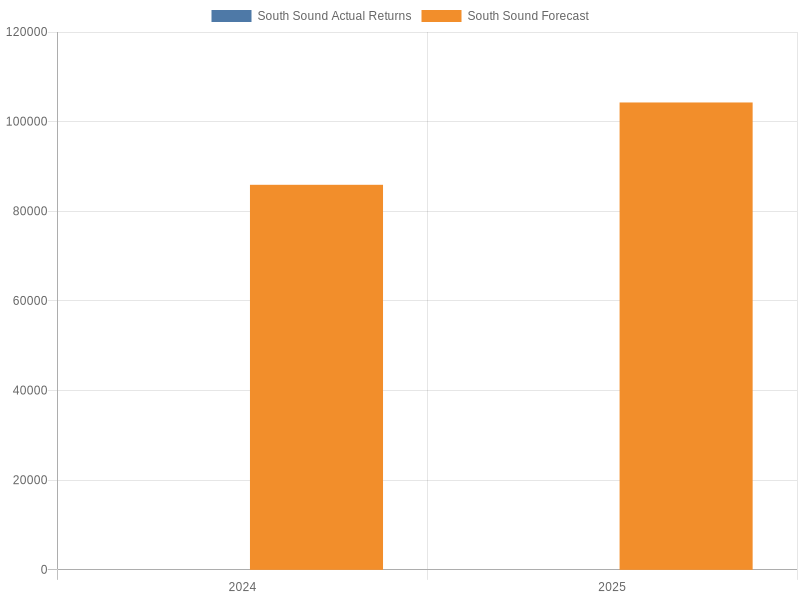
In addition to the North Puget Sound, the South Sound might be the other place to fish for coho in 2025. ER% contributions are very small in Marine Area 11 and non-existent in Marine Area 13. The increases in expected returning fish are largely coming from the Nisqually and the Squaxin Island net pens.
Fishing in areas like the Gig Harbor shoreline in Marine Area 11 could be a great place to intercept these fish in a smaller area.
Wrapping up the 2025 Coho Forecasts for Puget Sound
There’s going to be some great coho fishing experienced in multiple areas around Puget Sound, but I fully expect there to be some painful discussions and trade offs about coho seasons in 2025.
Wherever possible, we need to preserve time on the water to chase adult ocean-returning coho and not let these trouble spots impact what is expected to be a very good chinook and pink salmon return in 2025.
Looking for a guide on how to catch coho salmon? Check out our guide to Puget Sound Salmon fishing for some inspiration and how-to.
Thanks for the write-up and summary Kyle. It would stink, but sacrificing the resi-coho might make the most sense. Do you know if doing that would likely preserve and keep our ocean run season as is?
Great job on setting up the Discord, Kyle. I encourage everyone reading this to go over to PNW Best Life Discord and sign up.
Thank you! We just don’t know yet until we see the numbers of what months have the most impact.